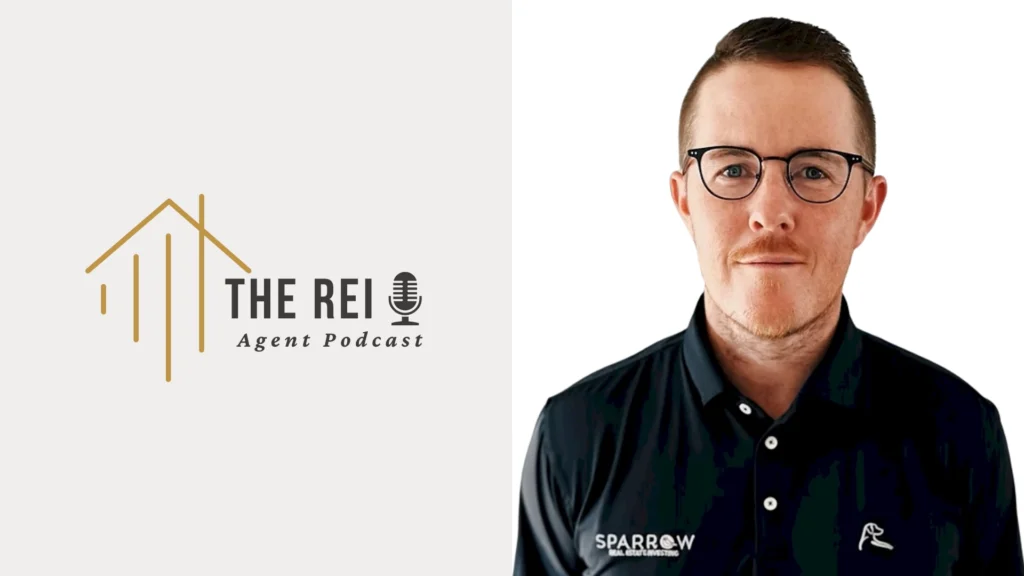Key Takeaways
- Wellness amenities like pools, saunas, and medical services increase property insurance costs due to higher liability risks.
- Safety protocols and proximity to emergency services significantly influence insurance premiums.
- Specialized insurance coverage is often required for properties offering advanced wellness features.
Hidden Costs of Wellness Amenities on Insurance
Picture a serene spa with steam rising from a hot tub, a state-of-the-art gym buzzing with activity, and a wellness center offering IV hydration—these amenities elevate a property’s appeal but also introduce unique risks.
You’ll find that pools, saunas, and medical services often demand specialized insurance coverage, driving up premiums due to heightened liability concerns.
Yet, the cost isn’t just about the amenities themselves; factors like safety protocols and proximity to emergency services play a role.
Understanding how these elements intertwine could reshape your approach to managing property insurance.
What’s the true cost of offering wellness in your space?
Types of Amenities and Coverage Needs
When managing wellness amenities, you’ll need to evaluate the specific coverage each one requires.
Amenity risks vary widely, so understanding the unique needs of each feature is key to avoiding coverage gaps.
For example, swimming pools, athletic courts, and health clubs often require supplemental insurance due to potential hazards like slips, falls, or equipment malfunctions.
High-risk amenities, such as rock climbing walls or indoor pools, demand even more specialized policies to protect against accidents.
Seasonal features like skating rinks or nature trails also need tailored coverage to address their unique exposures.
High-end amenities, such as wine cellars or billiards rooms, aren’t exempt either—they require specific insurance to safeguard against damage or liability.
Wellness services like IV hydration, massage therapy, or medical spas need professional liability insurance to cover potential malpractice claims.
Fitness activities, including yoga, Pilates, or personal training, should have liability coverage for bodily injury risks.
By addressing these needs proactively, you’ll guarantee your property is fully protected, giving you peace of mind and financial security.
Don’t let coverage gaps leave you vulnerable—take the time to assess and secure the right policies for every amenity.
Factors Influencing Insurance Premiums
Understanding the coverage needs of wellness amenities is just one part of managing property insurance.
Your premiums are influenced by a variety of factors, and knowing these can help you make smarter decisions.
For instance, your property’s location plays a huge role.
If you’re in an area prone to natural disasters like hurricanes or wildfires, expect higher premiums. Similarly, high crime rates in your neighborhood can increase costs due to the risk of theft or vandalism.
Additionally, proximity to emergency services can lower your premiums by reducing potential risks. Homes closer to fire stations often benefit from lower insurance rates due to quicker response times.
Here are three key factors that impact your insurance premiums:
- Geographic Risks: Living in areas with frequent natural disasters or extreme weather patterns raises your risk level and premiums.
- Neighborhood Safety: High crime rates mean insurers see your property as more vulnerable, leading to higher costs.
- Property Features: Older homes, flammable materials, or high-risk amenities like pools can drive up your rates.
Specific Insurance Requirements for Amenities
Managing insurance for wellness amenities involves more than just basic property coverage. You’ll need to guarantee your policies address specific risks and avoid policy exclusions that could leave you vulnerable.
For example, pools, gyms, and recreational facilities often require separate policies beyond standard homeowner coverage.
These amenities demand both property and liability insurance to protect against equipment damage or injuries.
To avoid coverage gaps, accurately determine the total insurable value (TIA) of your amenities and opt for replacement cost coverage instead of actual cash value.
High-limit umbrellas are increasingly purchased by associations to provide additional protection when primary limits are exhausted. Directors & Officers Insurance is also essential to protect board members from personal liability in case of lawsuits.
Specialized amenities like skating rinks or seasonal activities may need tailored policies, so review your coverage regularly, especially after upgrades.
High-limit umbrella policies can provide extra protection for significant liabilities, while inflation guard coverage helps manage rising construction costs.
Don’t forget building ordinance coverage to handle demolition and reconstruction expenses.
Budgeting for Amenities Insurance Costs
Budgeting for amenities insurance costs requires careful planning to make certain you’re prepared for both expected and unexpected expenses. Start by reviewing your previous year’s insurance costs to estimate annual increases.
Meeting with your insurance agent to discuss current insurance trends and premium forecasting can help you predict future expenses more accurately.
Regularly updating your building’s valuation makes certain you’re not underinsured, while setting aside a reserve fund can cover unforeseen needs.
Here are three key steps to streamline your budgeting process:
- Track and Analyze: Use budgeting apps or online calculators to monitor your spending and estimate insurance needs based on your property’s unique factors.
- Prioritize Essentials: Allocate funds for insurance premiums first, making certain you’re covered before investing in non-essential upgrades.
- Stay Proactive: Regularly review your coverage limits and deductibles to align with your financial goals and property risks.
Comparing Insurance Costs Across Industries
Comparing insurance costs across industries reveals significant variations influenced by risk profiles, coverage needs, and operational factors.
When you delve into premium analysis, you’ll notice how risk assessment plays a pivotal role in determining costs.
For instance, small businesses often pay around $67 monthly for commercial property insurance, but high-risk industries face steeper premiums.
Meanwhile, the hospitality industry sees higher costs due to amenities like pools and gyms, which increase risk exposure. Pools and gyms introduce liability concerns such as drowning, slip-and-fall incidents, and equipment misuse, further driving up insurance premiums.
Homeowners insurance, averaging $1,915 annually, fluctuates based on location, dwelling coverage, and safety measures. The property & casualty insurance industry also shows trends, with personal lines driving growth while commercial lines face tempered increases.
Annual premium payments are often less expensive than monthly installments, providing a cost-saving opportunity for businesses.
Understanding these differences helps you tailor coverage to your needs while managing costs effectively.
| Industry | Average Annual Cost | Key Influencing Factors |
|---|---|---|
| Small Businesses | $800 | Risk level, coverage limits |
| Hospitality | Varies | Amenities, safety measures |
| Homeowners | $1,915 | Location, dwelling coverage |
| Property & Casualty | Varies | Natural disasters, underwriting |
Cultivating Safety and Success with Wellness Amenities
When adding wellness amenities, think of your property as a garden—each feature needs the right care to thrive. You’ll need tailored insurance to protect against risks like accidents or malpractice claims.
High-risk features may raise premiums, but smart planning and proper coverage ensure your investment blossoms.
Compare costs across industries and budget wisely to keep your financial future bright.
Take the next step: review your insurance options, assess potential risks, and secure the right coverage to cultivate both safety and success in your property’s growth.





















